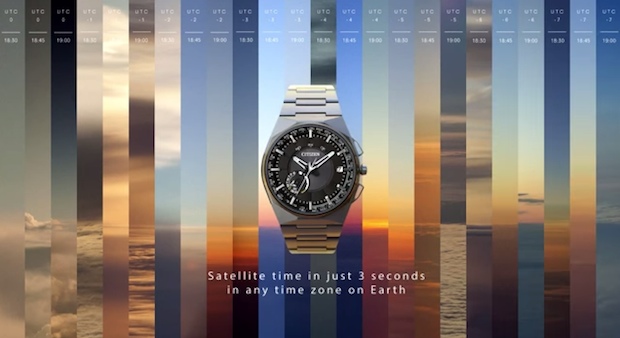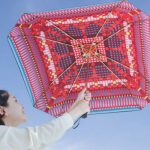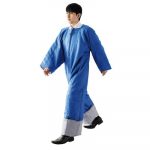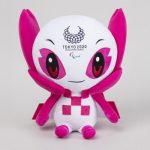There are advertising stunts, and then there are advertising stunts.
Japanese watch brand Citizen teamed up the Tokyo and Amsterdam branches of Wieden & Kennedy to challenge landscape photographer Simon Roberts to chase the sun.
In late February, Roberts turned Icarus and flew across the Earth’s time zones in an airplane to photograph sunsets and “discover how long it is humanly possible to live in the same hour”.

The Chasing Horizons project took the organizers back to the basics of navigation: paper maps, understanding the movement of the sun and the rotation of the Earth, and having a trustworthy time-keeping device. They had no previous flight route to fall back on; what they were doing had never been done before and was a risky venture in terms of allowing for the logistics. Precise minute-by-minute scheduling for the flight was a must. The second refueling stop was at an airport in the Arctic Circle so cold that filming there would have broken the camera.
The project is a promo for the Citizen watch Eco-Drive Satellite Wave F100, which the team make ample use of to keep track of which time zone they are in. As the watch’s marketing proclaims: “wherever you are on earth, [it] adjusts to your current time zone in just 3 seconds”.
This is the result, a “race against time” where they “steal one night from the planet” and demonstrate the capabilities of the watch.
The mission lasted for over 24 hours and the two pilots had to take turns to sleep. As the plane moved across into a new time zone, the Eco-Drive Satellite Wave F100 adjusted one hour back. It was then that Simon Roberts snapped his shots of the sunset. The resulting collage shows a series of sunsets across the time zones — shot at the exact same hour and minute, all in one day.





















